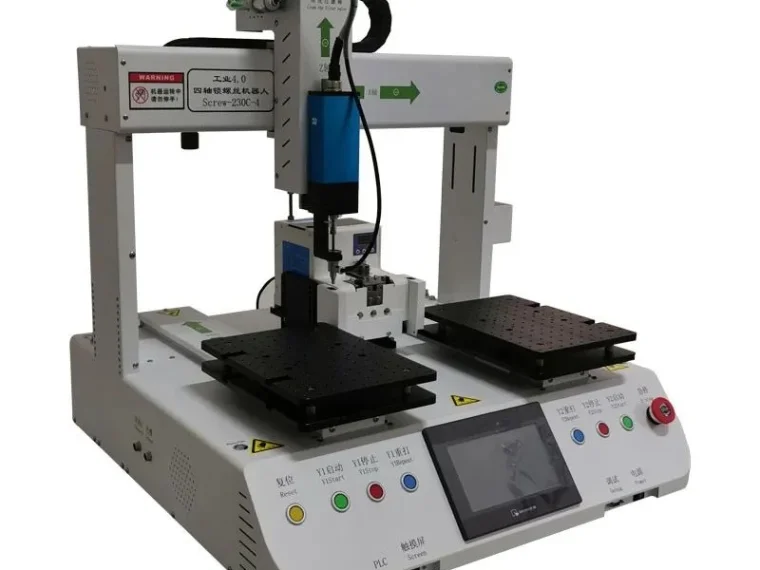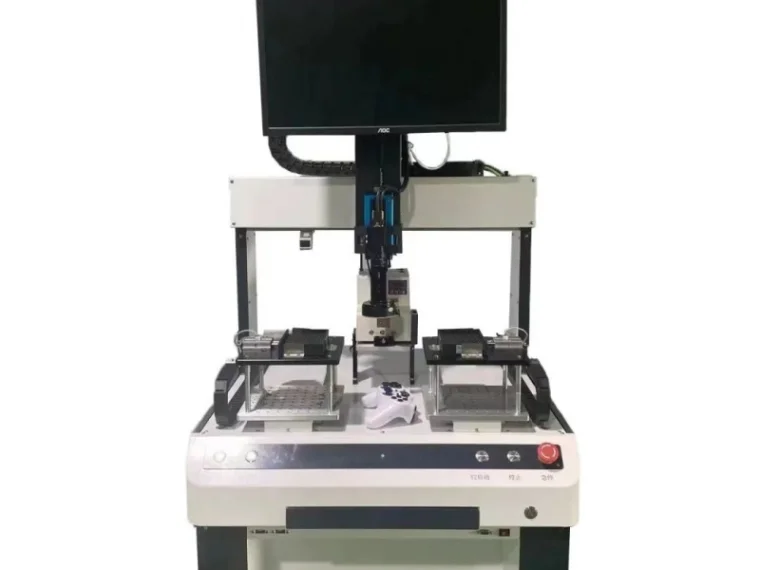- This topic is empty.
-
AuthorPosts
-
Screw machines are precision tools that play a vital role in the manufacturing industry. These machines are used to produce a wide range of small to medium-sized components with high precision and efficiency. In this article, we will explore the inner workings of screw machines, understanding how they operate and the various components that make them essential in the manufacturing process.
1.Understanding Screw Machines
1.1 Definition and Types:
Screw machines, also known as automatic lathes, are machines that perform a variety of machining operations on metal or plastic components. They are highly automated and capable of producing multiple parts simultaneously. There are two main types of screw machines: single-spindle and multi-spindle. Single-spindle machines work with one part at a time, while multi-spindle machines can handle multiple parts simultaneously.1.2 Applications:
Screw machines are used in various industries, including automotive, aerospace, electronics, and medical. They are ideal for producing small to medium-sized components, such as screws, bolts, fittings, and bushings, with high precision and consistency.
2.Components and Functions of Screw Machines
2.1 Spindles:
The spindles are the rotating components of screw machines that hold the material being machined. In multi-spindle machines, there are multiple spindles, each dedicated to machining a particular part. Spindles rotate at high speeds, allowing for efficient machining operations.2.2 Bar Feeders:
Bar feeders are essential components that supply the raw material, usually in the form of long bars, to the screw machine. The bar feeder feeds the material into the machine, allowing for continuous production without the need for manual intervention.2.3 Tooling:
Screw machines utilize a variety of tooling, including cutting tools, drills, taps, and form tools. These tools are mounted on turret heads or tool posts and are responsible for shaping and machining the material as it rotates in the spindle.3.Working Principles of Screw Machines
3.1 Turning Operations:
One of the primary functions of screw machines is turning. Turning involves removing material from the workpiece to create the desired shape and dimensions. The material rotates in the spindle while the cutting tool, mounted on a turret or tool post, moves horizontally and cuts into the rotating material, shaping it into the desired component.3.2 Threading Operations:
Screw machines are capable of performing threading operations, creating threads on cylindrical components such as screws and bolts. Thread cutting tools or taps are used to create the precise threads on the rotating workpiece. These threads are essential for fastening and joining components together.3.3 Drilling and Tapping Operations:
In addition to turning and threading, screw machines can perform drilling and tapping operations. Drilling involves creating holes in the workpiece using specialized drill bits, while tapping involves creating internal threads in a pre-drilled hole using a tapping tool. These operations are crucial for various components that require holes or threaded features.
4.Advantages of Screw Machines
4.1 High Efficiency:
Screw machines are highly efficient due to their automated nature and the ability to produce multiple parts simultaneously. This leads to increased productivity and reduced manufacturing time.4.2 Precision and Accuracy:
Screw machines are known for their high precision and accuracy. The automated movements and controlled cutting tools ensure consistent and precise machining of components, meeting tight tolerances and quality standards.4.3 Cost-Effective:
Screw machines are cost-effective for high-volume production. The ability to produce multiple parts simultaneously and the efficient use of raw materials contribute to lower production costs.
Conclusion
Screw machines are essential tools in the manufacturing industry, enabling the efficient production of small to medium-sized components with high precision and accuracy. With their automated operations, screw machines offer advantages in terms of productivity, precision, and cost-effectiveness. By understanding the inner workings of screw machines and their various components, we can appreciate their role in the manufacturing process and their impact on a wide range of industries.
Nuo Ju is committed to long-term commitment to industrial fluid, industrial tightening assembly technology and services, deep cultivation in new energy, vehicle-borne products, communications industry and so on.We have many years of rich manufacturing experience in the Filling Glue Machine industry.
If you nare looking for Filling Glue Machine solution,welcome to contact us.
Nuo Ju
Maroon@nortek-cn.com -
AuthorPosts